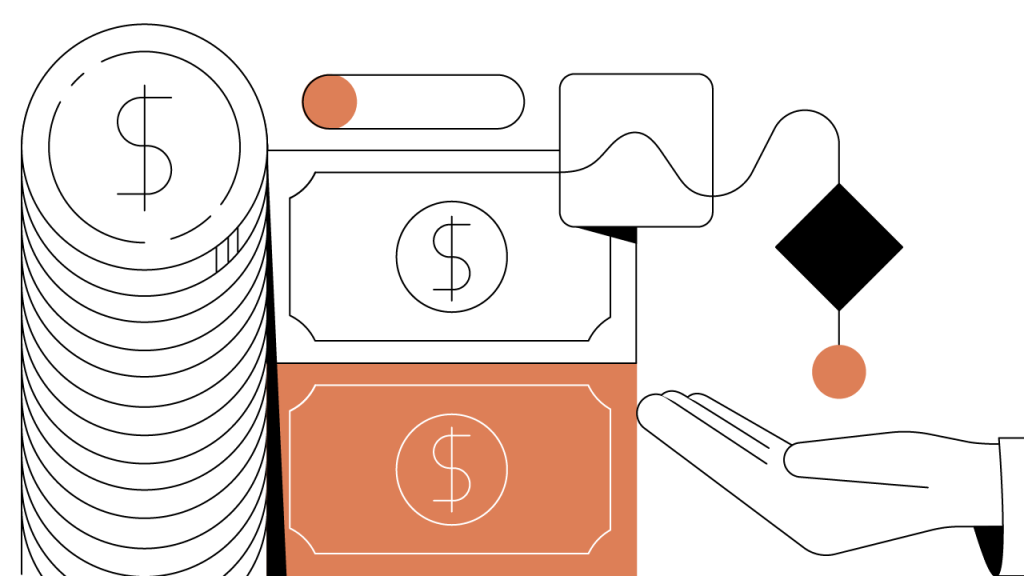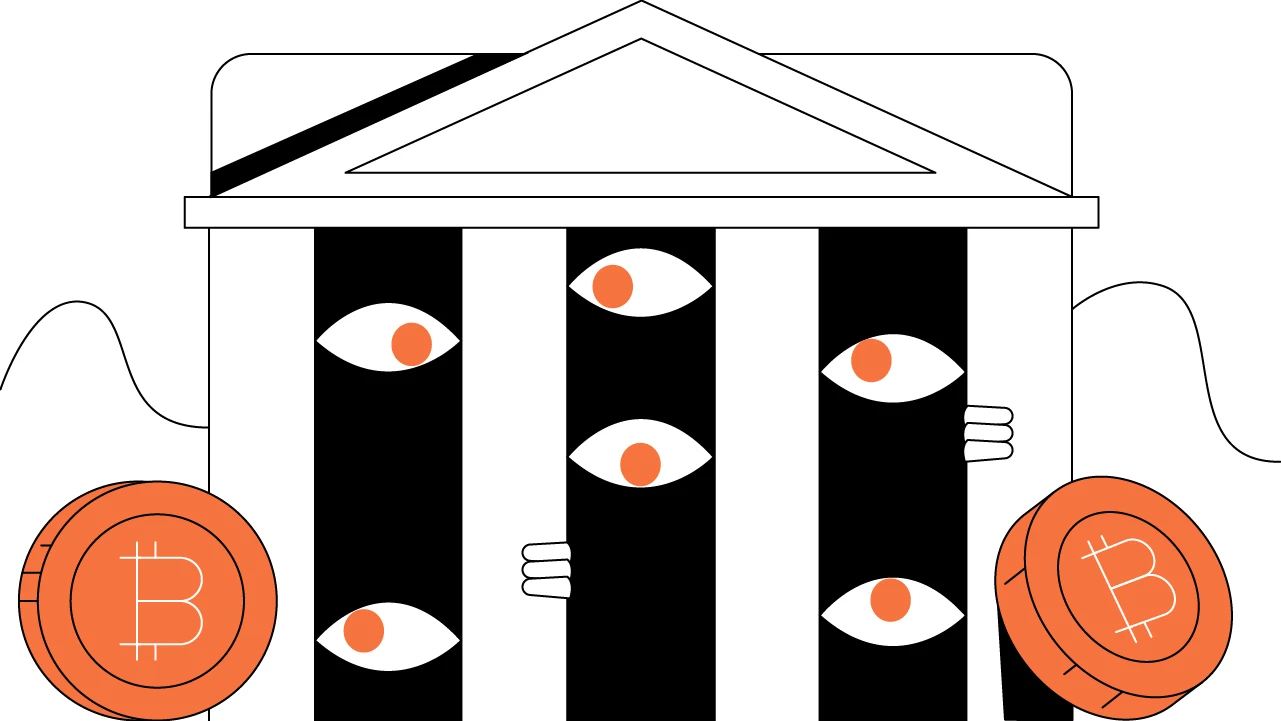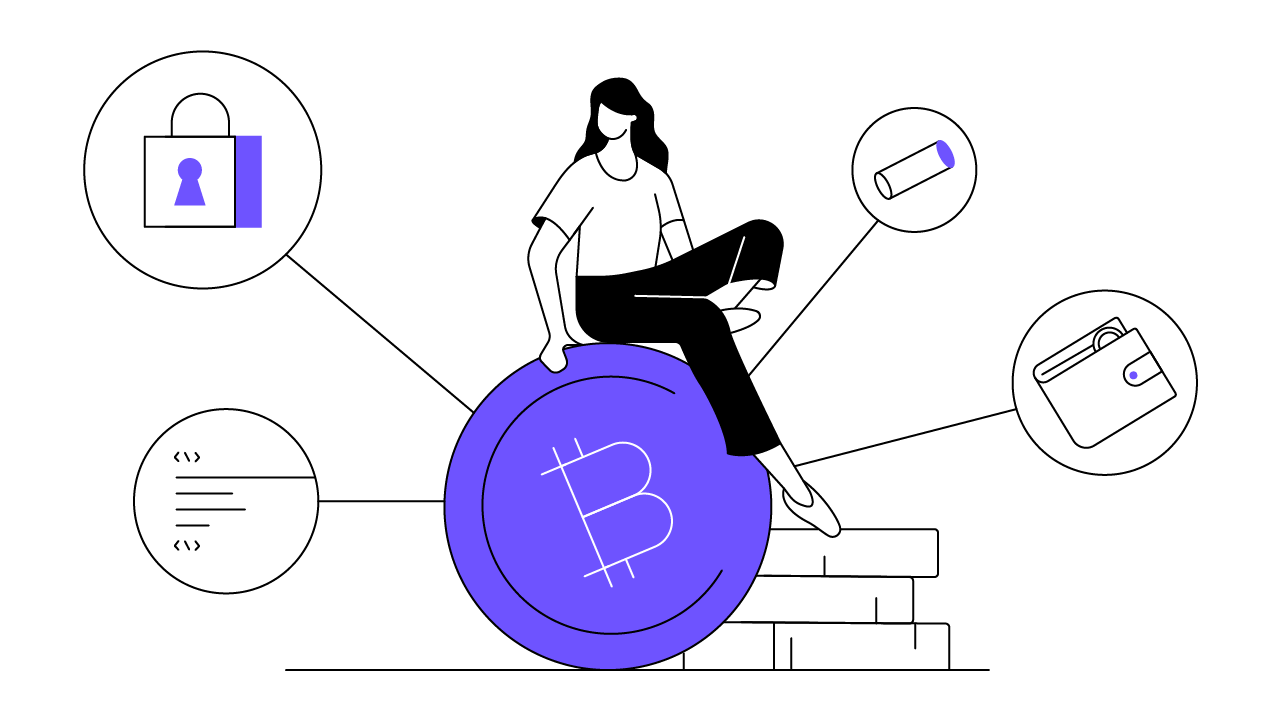Breaking Down Fiat Money: Utility and Problems
Just because fiat money has been around since 1,000 A.D. and is in use today globally does not mean that it’s a perfect system of exchange.
Updated March 10, 2022 • 3 min read

Summary
Sound money must be durable, portable, divisible, and limited in supply. Although fiat currency — money that is detached from a tangible source of value — has proven a largely effective store of value, medium of exchange, and unit of account, there are disadvantages associated with its use. These hurdles often originate from the need for centralized fiscal and monetary policy. Although steady and predictable inflation is considered a positive indicator of economic growth, a rapid rise in prices (known as hyperinflation) can result in currency devaluation. Central banks and governments have historically implemented various measures (such as adjusting interest rates, instituting price controls, and contracting the money supply) to combat hyperinflation and maintain effective global currencies. Decentralized technology may also prove valuable in such efforts in the future.
The Utility of Money
Money has taken many forms since first emerging in the 11th century. From livestock and cowrie shells to the earliest forms of metal coinage, money is crucial to facilitating economic growth. Although anything can be trialed as money, there are three main requirements it must fulfill to be effective:
Medium of exchange: Money needs to be an effective medium of exchange. Consumers need to have confidence that they can easily exchange money for goods and services.
Store of value: Money must retain its value over a reasonably long period of time. If it fails to protect consumer buying power, it’s unlikely to remain in use for long.
Unit of account: Money needs to perform as a unit of account or a yardstick for financial transactions. That is, money needs to be present in different denominations that indicate value — for instance, the difference in appearance and intrinsic value we observe when comparing a $20 USD and $100 bill.
Beyond the essential utility of money, fiat currency must also be durable, portable, divisible, uniform, and limited in circulating supply. The supply of money in circulation is a crucial consideration as it forms the basis of monetary policy. Central banks can increase or decrease the circulating supply in response to inflation targets. If inflation is too high, interest rates go up to discourage borrowing — decreasing the money supply. If inflation is too low, interest rates go down to encourage borrowing — increasing the money supply. If fiat fails to meet these criteria, it likely would fail as a type of money. But even if the utility of fiat is achieved, its inherent value is determined by several factors.
Fiscal and Monetary Policy
The value of fiat depends on the health of a country's economy and how its government manages interest rates, monetary supply, and inflation. Governments can increase interest rates to discourage borrowing and spending, thereby lowering the money supply. Conversely, governments can lower interest rates to encourage borrowing and spending, increasing the money supply.
Inflation, or the steady rise in prices, results from a surplus money supply. This means that more money is required to pay for the same amount of goods and services. Low, predictable inflation is considered a positive, as it maintains and protects the value of money in a steady trajectory. However, when fiscal or monetary policy goes awry, inflation can give way to hyperinflation or other economic crises.
Hyperinflation: The unchecked printing of money can trigger hyperinflation as supply expands without restraint, severely devaluing any currency. The worst known case of hyperinflation in history occurred in Hungary. As the epicenter of conflict between Russia and Germany during World War II, half of Hungary’s industrial capacity was destroyed and 90% of its factories were damaged. Following the war in 1945, this diminished productivity eventually led to a daily inflation rate of 200% until August 1, 1946. On this date the Forint, operating as the new national currency, replaced the Pengö at a rate of 400,000 Quadrillion Pengö to Forint. Although this stabilization effort was effective, real wages fell by almost 80% and many were pushed into poverty. Historically, governments have at times been able to limit the disastrous effects of hyperinflation by instituting price controls and/or decreasing the available supply of money. However, even after the Hungary crisis of 1945, hyperinflation has still plagued other nations, including Indonesia (1960s), Zimbabwe (2000s), and Venezuela (2010s to time of writing).
Fiscal crisis: A fiscal crisis results when a government is struggling to cover its budget deficit. Government bond ratings decline as investors sell them, and markets won’t lend. The recourse is to slash spending to cover the deficit, causing the gross domestic product (GDP) to fall in line with tax revenue. The world saw this scenario unfold when Greece was on the brink of defaulting on its debt in 2010, necessitating bailouts from international creditors.
Currency crisis: A currency crisis results when investors become leery of holding a country’s assets. This dynamic might evolve if a nation looks like it will default on bonds. A fiscal crisis can also trigger a currency crisis. When investors lost confidence in the Icelandic financial sector, the value of its currency fell 60% between the end of 2007 and the end of 2008.
Each of these economic crises results from government oversight of fiscal and monetary policy. As such, many say that the limited supply of gold makes it a more stable store of value than fiat money, which has no upper limit on supply. For governments and central banks, navigating the cyclical nature of free markets is even more challenging in an increasingly global economy.
The Future of Fiat: Decentralization
In the United States, the U.S. dollar abandoned the gold standard in favor of legal tender in 1971. Although this system has been in place for almost five decades, there are now opportunities to improve on the latest iteration of money. Government monetary policy is never a perfect science, and the reliance on financial institutions and businesses acting as intermediaries that make up a vast network of infrastructure increases costs.
However, technology has emerged that presents a path toward correcting these shortcomings. Decentralized technology like blockchain and cryptocurrency presents the clearest path forward, removing intermediaries through automation and utilizing digital currency to lower costs, improve efficiency, and bolster the mobility of money. The removal of a central issuing authority in favor of automated monetary mechanisms (as found in Bitcoin and Ethereum) presents the most substantial step forward in the development of money and value since the abandonment of the gold standard.
Cryptopedia does not guarantee the reliability of the Site content and shall not be held liable for any errors, omissions, or inaccuracies. The opinions and views expressed in any Cryptopedia article are solely those of the author(s) and do not reflect the opinions of Gemini or its management. The information provided on the Site is for informational purposes only, and it does not constitute an endorsement of any of the products and services discussed or investment, financial, or trading advice. A qualified professional should be consulted prior to making financial decisions. Please visit our Cryptopedia Site Policy to learn more.

Is this article helpful?


